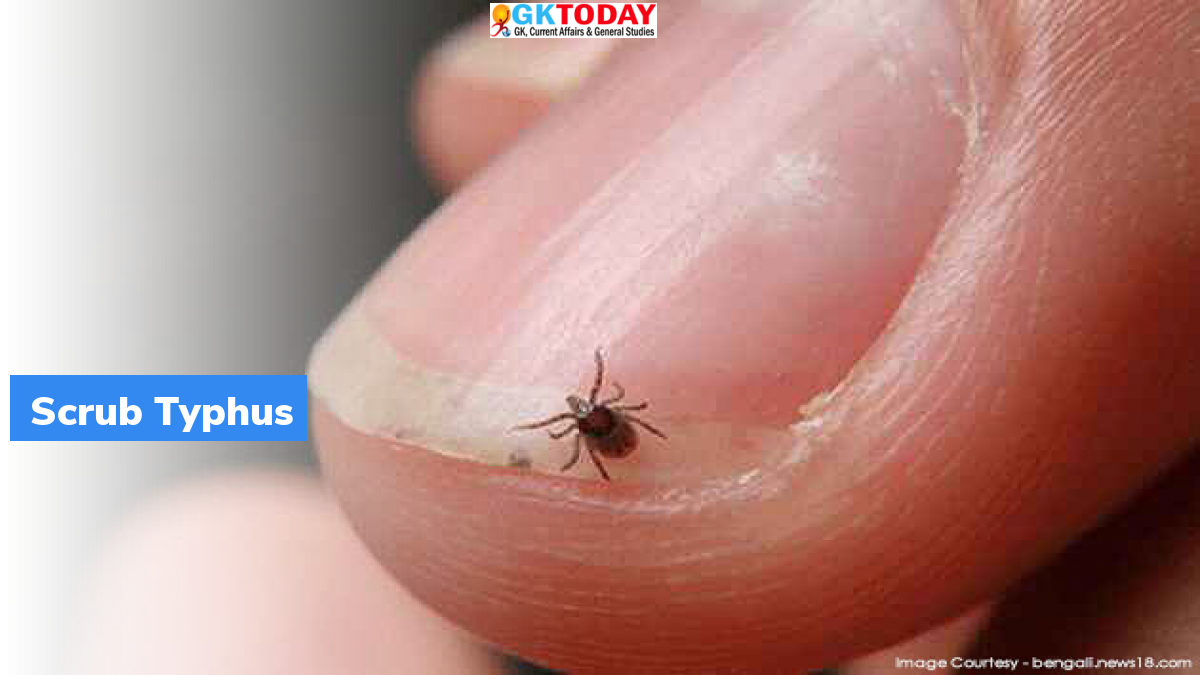What is Scrub Typhus?
Recently, a mystery fever was reported from parts of Uttar Pradesh. It claimed about 40 lives, mostly children in one week. This viral fever was identified as Scrub typhus.
Highlights
- Scrub typhus was reported mainly from Firozabad, Agra, Mainpuri, Etah and Kasganj districts of Uttar Pradesh.
- Chief Minister Yogi Adityanath visited the affected region and said a team of experts from King George’s Medical University of Lucknow would probe the deaths of children.
- A team from Indian Council of Medical Research (ICMR) was also called to look after the situation.
What is scrub typhus?
Scrub typhus is a re-emerging Rickettsial infection. This vector-borne disease has been earlier reported in India and other South Asian countries. This disease is marked by fever and rashes. It also affects the central nervous system, cardiovascular system, respiratory system, renal system and gastrointestinal systems. In complicated cases, it could lead to pneumonia, meningo-encephalitis, gastro-intestinal bleeding, acute renal failure, and acute respiratory distress syndrome (ARDS).
Background
This disease has been named “scrub” after the type of vegetation that harbours the vector. Typhus is a Greek word with meaning “fever with stupor” or smoke. This disease took the form of an epidemic during World War II in some countries while during the Second World War, it emerged as the most dreaded disease among soldiers of the Far East. In India, this fever out in an epidemic form during Second World War in Assam and West Bengal.
How does it cause?
Scrub typhus fever is caused by a bacterium called Orientia tsutsugamushi. The name of the bacterium is of Japanese origin. The word “tsutsuga” means illness and “mushi” means insect. This disease spreads through bites of infected chiggers or larval mites. Bite marks are found on the armpit, genitalia or neck.
Month: Current Affairs - September, 2021


